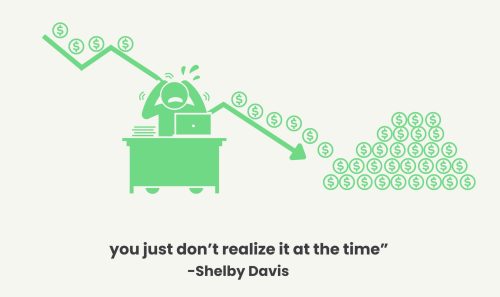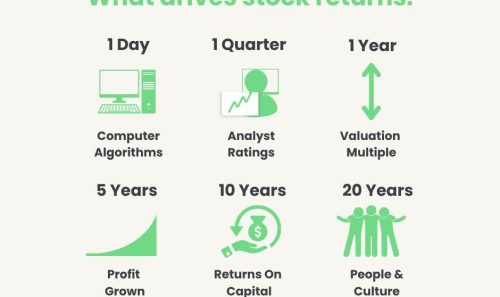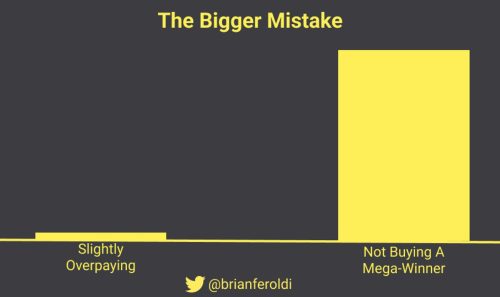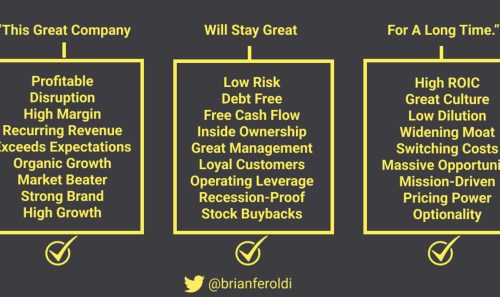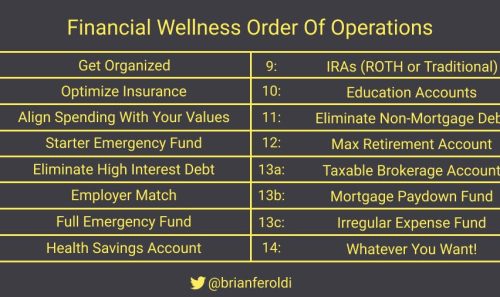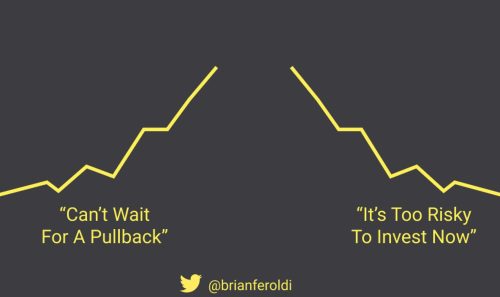🧠 Warren Buffett Loves This Metric
View Online | Sign Up | Advertise
Friends,
If you attend a barbeque this summer and start a conversation about “gross margin,” you’ll get a lot of confused looks (don’t ask us how we know this).
But don’t worry; that’s why you’re part of this community. And here, we think gross margin is perhaps the most under-appreciated investment metric.
And we’re not alone — Warren Buffett is a massive fan of gross margin. It’s a metric that he keys in on when he’s analyzing a business.
So, what exactly does the term mean?
Gross Margin: The percentage of each sale a company keeps after paying for the cost to produce the product or service.
The formula to calculate gross margin is simple:
(Revenue – Cost of Goods Sold) / Revenue
Think of it this way: you sell lemonade for $1 per cup. What you hand over to your customer — the water, lemons, sugar, and cup itself — costs $0.40. You keep $0.60, giving you a gross margin of 60.0%. (($1.00 – $0.40) / $1.00)
Why do we bring this up? Because nothing is more important than establishing a moat in the hyper-competitive business world.
Think of a moat as an “unfair advantage” a company has. A company with a moat can provide something to the world that its competition can’t.
And our favorite way to check whether a moat exists is…you guessed it…gross margin.
If a company’s gross margin is either 1) stable or 2) expanding, it hints the business is successfully raising prices without losing customers.
If gross margins are trending down, it could hint at several things, almost all of which are not good.
It could hint that the competition offers a good-enough alternative for a lower price. And the only way the company can respond to such attacks is to lower its prices.
If you now have to sell your lemonade for $0.90 — but the water, lemons, sugar, and cups cost the same — it means you’re now only keeping $0.50 per cup — for a 55.6% gross margin.
That’s great for your customers but awful news for the owners.
The gross margin dropping from 60% to 55.6% might not seem like a big deal, but it is. It reveals that customers are price sensitive, indicating that the company does not have a moat (or it is under attack).
This is why we pay so much attention to gross margin. It’s much more revealing about the relationship between the company and the consumer than any other metric.
Revenue and EPS might get all the attention in the media, but we think that gross margin is far more revealing about the true state of the business.
Of course, gross margin isn’t a perfect metric. There could be good reasons for the gross margin to decline (We’ll cover those in more detail next week.)
But the gross margin is an extremely useful number. Train your eyes to look at it first when examining an income statement.
Wishing you investing (and life) success,
– Brian Feroldi, Brian Stoffel, & Brian Withers
Sponsor this Newsletter
Guess what? You’re reading promotional content in a newsletter. Sponsoring influencer newsletters, like mine, is a great way to reach engaged and targeted audiences. It will build your brand — whether that is your personal brand or your business.
The Long Term Mindset newsletter is part of the ConvertKit Sponsor Network. This network connects businesses to audiences of newsletter readers. For example, you can sponsor Long Term Mindset and connect with about 53,925 people with similar interests to yours.
One Simple Graphic:
|
|
One Piece of Timeless Content:
If you are over 25, your physical health has already declined. But, if we do a few simple things, we can live a higher quality of life. Four longevity experts weigh in on what we should do to age gracefully.
One Twitter Thread:
The Thinking Investor explains Chris Mayer’s five less popular characteristics of finding a 100-bagger investment:
|
One Resource:
Disappointed you didn’t get to go to MIT? Now you can, for free! Check out MIT’s OpenCourseWare, a “free and open collection of material from thousands of MIT courses, covering the entire MIT curriculum.”
One Quote:
|
|
More From Us:
👨🎓 Missed out on Financial Statements Explained Simply? You can purchase the replays & materials here.
📗 If you’ve read Brian Feroldi’s book, he’d love a review.
👨🎓 Want to learn how companies are valued? Join the waitlist for Valuation Explained Simply.
|


.png)
